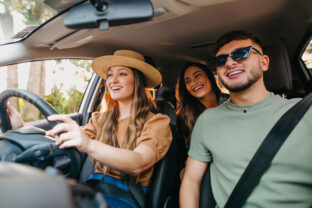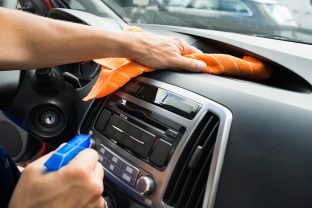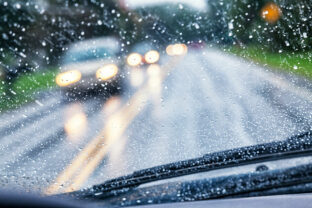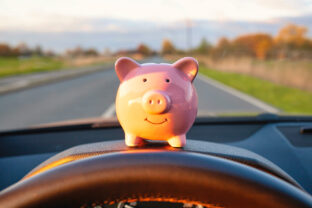Some dog breeds handle car journeys better than others
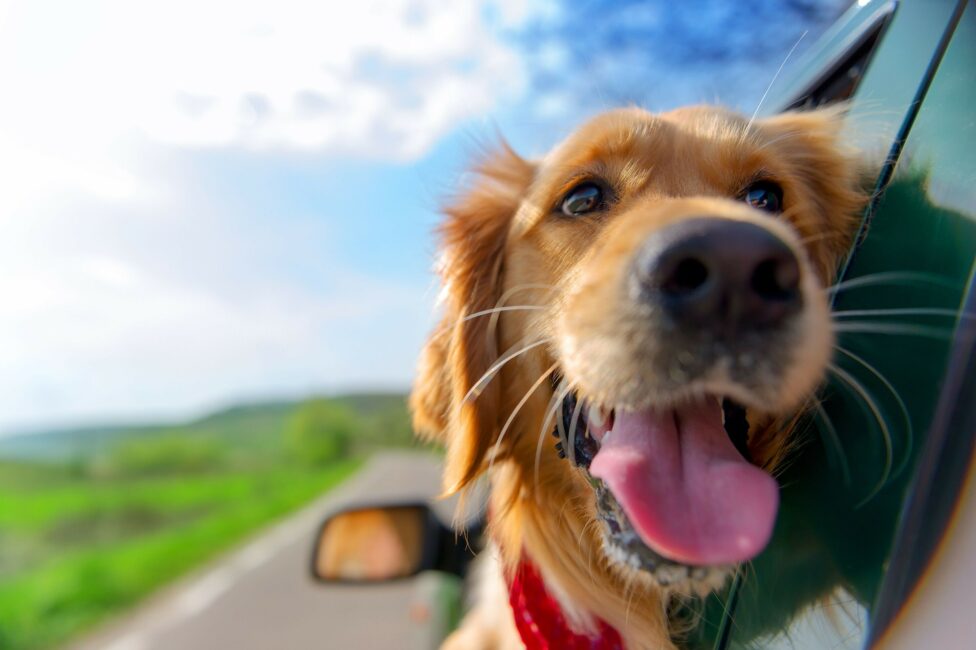
The UK automotive marketplace Auto Trader surveyed 25 pet experts to find out if some dog breeds make better travel companions than others on car trips. Most of them agree that Labradors are the breed that can handle car trips best. And that’s not surprising, since these sweet-looking pooches are known for their warm and friendly temperament. They are also particularly docile, which is why they adapt so well to city life. Although they have an easy-going character, Labradors need to be physically active. As such, owners should take their dogs for a walk before a car ride lasting several hours, and especially take breaks during the trip.
Chihuahuas and Golden Retrievers also tolerate car rides without (too much) complaint. With their small, muscular bodies, Chihuahuas have no trouble fitting comfortably into a car interior. However, they don’t like to be bothered and need peace and quiet to travel in a car. Golden Retrievers are more tolerant of noise than Chihuahuas, but they’re more likely to need to let off steam. Owners shouldn’t hesitate to take regular breaks if taking a long journey.
Otherwise, Maltese dogs, French Bulldogs and Poodles are among the breeds that are most tolerant of car travel. However, the same cannot be said for German Shorthaired Pointers, Beagles and German Shepherds. They are much less suited to this mode of transport than some of their fellow dogs.
Regardless of your dog’s breed, there are several precautions you should take before hitting the road with your four-legged friend. Make sure you have certain essential accessories such as a carrier, a partition grille or a seat belt harness. Your dog is subject to the same obligations as other passengers in the vehicle, in that it cannot wander around as it pleases inside the car or interfere with the driver’s field of vision and movements. The safety and well-being of everyone is at stake.
Beyond the regulations, common sense calls for adapting your driving and anticipating the hazards of the road to make the car trip as pleasant as possible for your furry friend. Don’t forget that, in the event of sudden braking or an accident, a poorly secured dog can become a dangerous projectile. So remember to drive carefully and sensibly.

